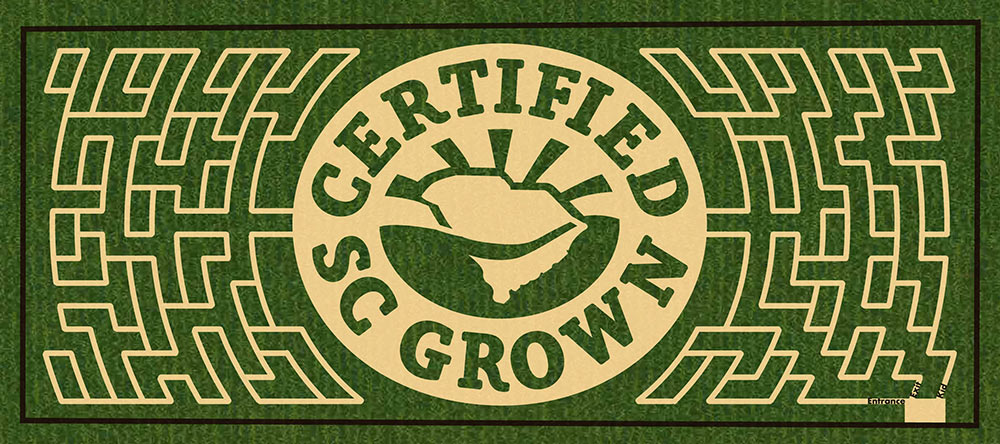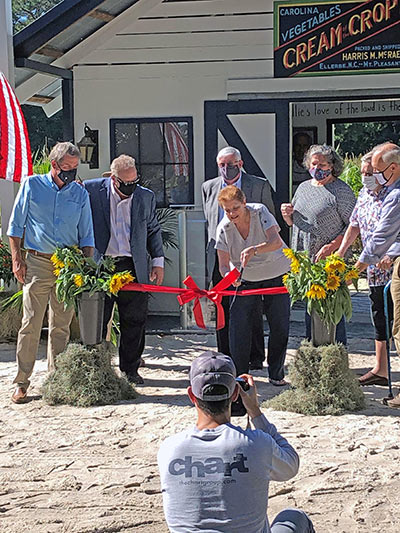
How do farms create labyrinths in fields of crops?
A seasonal family staple, corn mazes equal fun for all ages. But how do farms turn acres of land into a completed network for the maize-loving masses? Rick Benthall, director of marketing at Boone Hall Plantation, explained that these farms coordinate with companies that specialize in building mazes in order to create their attractions every year. Still, the process of crafting a challenging maze remains elusive to many. “In 2011, when we did the Boeing Corn Maze, the director of Boeing at the time said that, ‘we build some of the most complicated airliners in the world, but I have no clue how they do these corn mazes,” Benthall said.

Through the use of GPS technology, companies like Precision Mazes can map the exact location of a tractor in real time in order to whittle away the corn in just the right places. Farms like Boone Hall Plantation create design concepts that can be charted onto a grid, which then correlates with the dimensions of the corn field. By using this graphing technology, corn mazes can be made with both accuracy and style.
To ensure that the soil has the necessary nutrients to sustain the corn throughout the harvest season, Benthall explained that cover crops are planted in the fields months before the corn is. Around mid-July, the plantation makes the switch from the cover crop to maize.
At every step of the way, Boone Hall agriculturists make sure that the land and crops are being harvested safely and carefully. “We do everything we can to make sure that the process of growing this maze is 100% safe for the public. We take agricultural measures that get the soil prepared, keeping that in mind,” said Benthall.
The corn grows up to seven feet by the time that the maze is ready to open to the public. By working with local businesses and companies that specialize in the creation of corn mazes, Lowcountry farms and plantations are able to create a unique, functional piece of art that can be enjoyed by the whole community.

Leave a Reply